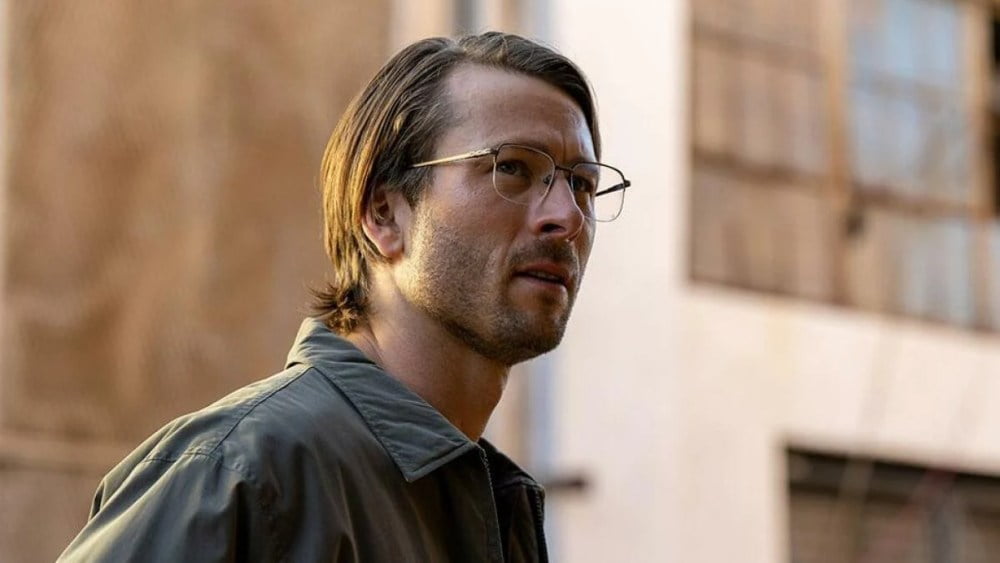Zurich Summit Takeaway: Streamer Flexibility Creating Opportunities
[ad_1]
The changing global strategies of streamers and their impact on the independent film sector were front and center for international industry reps at the Zurich Summit on Saturday.
Sasha Bühler, Netflix’s director of film for Germany, Austria and Switzerland, Patrick Wachsberger, Black Bear president John Friedberg, John Lesher, Neon CEO Tom Quinn, Focus Features’ Kiska Higgs and CAA’s Roeg Sutherland were among the participants taking deep dives into major issues facing the global entertainment market.
Commenting on changing investment strategies at Netflix, Bühler stated, “We’re available in over 190 countries and we have 238 million subscribers, very diverse, around the world, and we actively produce in 50 countries, so it’s not a one-size-fits-all approach, and there are territories that are more saturated than others.”
There are definite growth markets for Netflix and the company has not slowed down its investments at all, she added.
What the company is doing, however, is becoming “more deliberate in what we produce,” she added. “We haven’t been producing films that long. … We’ve learned a lot about what our members want and our member base grows continually. We try to stay agile and adapt to that. So we’re not slowing down by any means in any market; we’re just being a little bit more deliberate about what works for our members.
Germany, she noted, remains a growth market for the streamer. Netflix has invested $500 million in production between 2021 and 2023. “We’ve stuck to that; we’ve done that. Our plan is to continue to invest more and more and more and we think there’s room for it and it’s a very healthy market for us.”
Wachsberger, head of Picture Perfect Federation, said the streaming market in the U.S. appeared to be “arriving at a cap. And the question is, where is the extension for that? I don’t even think it’s Western Europe. I think really where they have to go now is Africa and India. This is where the growth is going to be.”
Bühler stressed that Netflix was already in both regions.
There is also more flexibility among streamers and their acquisitions than there was in the past, Wachsberger added. Streamers are now buying certain windows in different territories and willing to have theatrical releases.
Pointing to Netflix’s recent $20 million acquisition of Richard Linklater’s “Hit Man” for the U.S. and a few smaller territories in Toronto, Sutherland said, “You’re seeing them be more malleable. And when they were saying, ‘We’ll only buy world or don’t come and see us,’ now they’re starting to buy just U.S. or they’re buying certain territories.”
Thorsten Schumacher of Rocket Science said streamers and local distributors could indeed co-exist, noting that the business was “constantly evolving and morphing.”
“You see already with the streamers how much more flexible [they are].” Schumacher said he used to joke that streamer deals were always “everything for everywhere forever – a total buyout.” That’s no longer the case, he added.
Katie Irwin of WME Independent noted that the new development was “helpful for risk-averse investors who can go out and launch sales in a strategic way.”
Lesher pointed out that streamers were also making inroads in terms of theatrical, particularly with such forthcoming films as Martin Scorsese’s “Killers of the Flower Moon” and Ridley Scott’s “Napoleon,” both from Apple Studios.
At the same time, he said in-house productions by streamers had not been very successful thus far and that it was very likely they would continue acquiring independent films.
Discussing the challenges facing independent distributors forced to compete with cash-filled behemoths like Netflix, which also have the advantage of low P&A costs, Quinn said Neon sometimes wins some, sometimes loses some, but noted that it was a relatively small player. “Practically every other company is much bigger than us.”
Quinn noted that Neon had offered $10 million for U.S. for “Hit Man,” making Neon the second-highest bidder for the film.
Describing it as “an absolutely rarefied film” from “a true icon of American cinema,” he added: “That movie was really delightful and it was fun, it was sexy. It just fit — the kind of movie we want to do. So yes, we lost that film, but they paid $20 million for it – they earned it, they deserve it. They will release it theatrically.”
Contrasting the business models of streamers and distribs like Neon, Quinn said, “Most of these streamers are silos … and certainly Netflix is a diversified silo that is playing to everyone. It’s hard to differentiate any single success inside a platform like Netflix. We’re playing to one audience with the hope of crossing over to other audiences. Our audience is an under-35, active theater-going cinephile.”
Neon’s business model is aimed at “reaching the same audience over and over theatrically in what is the best shelf space for entertainment to build downstream revenue, because it is a cross-pollinated opportunity to sell your wares across everybody else’s success. It’s the only communal aspect of our business where we share: ‘Oppenheimer’ is a great trailer target for the next big hit; so is ‘Barbie.’
“The No. 1 reason people see our movies – we catalog this into every one of our test-screenings – is in fact trailer play in theaters.”
Citing figures from the National Association of Theatre Owners (NATO), Quinn stressed “that nine out of 10 consumers at home still would rather watch a film that had been released theatrically vs. a streaming premiere.”
[ad_2]
Source link

